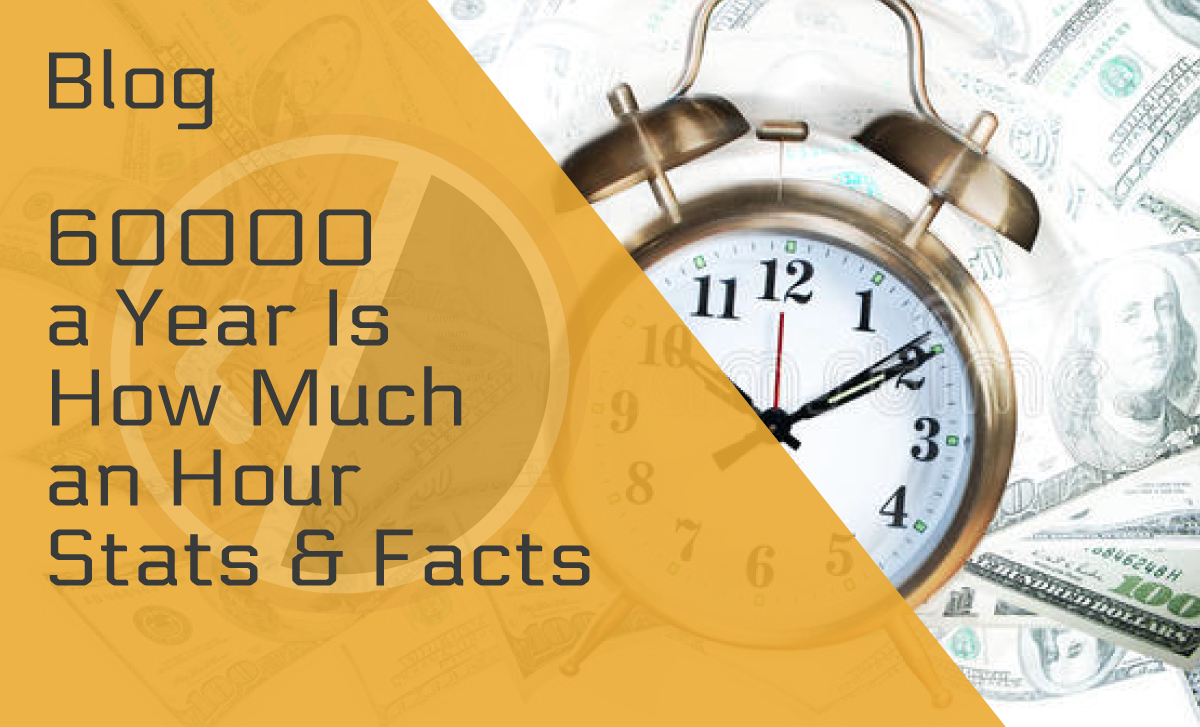20 Data Analytics Statistics Boosting Technology in 2024
Published: October 10, 2022
We’ve scoured the internet to collect the most relevant data analytics statistics that help boost technology in more ways than one.
Big Data refers to enormous datasets collected from various sources, which due to their sheer size and complexity, can’t be processed, stored, or collected via conventional means.
It allows organizations to make data-driven decisions and tailor solutions that better fit their target audience — hence the growing appeal.
Interested to find out more? Then keep on reading!
Top 10 Data Analytics Facts and Stats
- By 2025, the world will have produced more than 180 zettabytes of data.
- Mobile accounts for 68.1% of global traffic.
- Google processes over 40,000 searches every second.
- 97.2% of companies are investing in Big Data and AI.
- An average person generates 1.7 megabytes of data each second.
- 45% of businesses are running some Big Data workloads in the cloud.
- Facebook generates 4 petabytes of data daily.
- The global Big Data market is expected to grow to $103 billion by 2027.
- Big Data will have a 12% CAGR by 2026.
- The projected revenue for the software sector is estimated to be $2.90 billion by 2027.
General Big Data Statistics
About 2.5 quintillion bytes of data are created daily. Hence, there are bound to be some fascinating stats concerning the same.
Find more about them in the following section!
1. 97.2% of companies are investing in Big Data and AI.
(Source: NVP)
A 2019 survey of nearly 65 executives from Fortune 1000 companies made it clear that investment in Big Data and AI initiatives has become a global trend. Moreover, 75% of CEOs fear their businesses will fail without AI.
2. In 2021, the global Big Data analytics market was estimated to be worth $240.56 billion.
(Source: Fortune Business Insights)
Leading industries use analytical tools to gain consumer insights by advancing business intelligence — hence why, by 2023, the global Big Data analytics market is expected to be worth $271.83 billion to $655.53 by 2029.
In short, Big Data analytics examines structured and unstructured databases to discover and deliver insights based on changing market trends, correlations, patterns, and other factors.
3. Statistics and data analytics estimated that an average person generates 1.7 megabytes of data each second in 2020.
(Source: DOMO)
It’s particularly true for people who binge-watch movies and listen to music for hours.
In addition to that, the global internet population has grown significantly over the years. In 2017, a whopping 47% of the world’s population used the Internet, which ballooned even more recently to 64.7%.
4. By 2022, Internet video traffic will account for 82% of all consumer Internet traffic.
(Source: Cisco)
That is up from 73% in 2017.
Video traffic now accounts for more than four-fifths of all data in the world, It has grown in popularity in recent years, becoming the primary form of online entertainment, as trends in data analytics show.
Many popular streaming platforms have considerably increased their number of subscribers over the years. For instance, according to data from 2021, Disney+ now has almost 130 million paying customers.
Social media platforms like Facebook Watch, Instagram Reels, and TikTok have also become trendy, where people spend 52 minutes each day on average.
5. Mobile accounted for 68.1% of global traffic in 2020.
(Source: Perficient)
The figure is up from 63.3% in 2019. Likewise, in the US, mobile devices accounted for 61% of all website visits in 2020, up from 57% in 2019.
Desktops accounted for 35.7% of all visits, with tablets accounting for the remaining 3.3%.
It’s worth noting that 91% of internet users globally are mobile internet users.
Latest Business and Data Analytics Stats
Are you looking to find the latest stats and facts on data analytics and see how they impact our daily lives and everything else in between?
Let’s take a look below!
6. Google processes over 40,000 searches every second.
(Source: Internet Live Stats)
This equates to over 3.5 billion searches per day.
Overall, Google’s success can be attributed to its ability to provide its users with relevant and quality results.
7. 45% of businesses run some Big Data workloads in the cloud.
(Source: ZDNet)
The cloud’s impact on databases redefines the fundamentals for designing and managing data.
Thanks to the cloud, businesses don’t need to buy and maintain expensive computing hardware, develop the software required for server operation daily, or pay for hosting.
8. Data analytics statistics show that 80–90% of the data we generate is unstructured.
(Source: CIO)
That’s a lot of data, but a slew of AI technologies assist businesses in capitalizing on this underutilized digital resource.
Documents, images, video and audio streams and social media posts all fall into this category.
9. In 2022, global spending on Big Data analytics solutions will exceed $274.3 billion.
(Source: Business Wire)
Digital transformation and technological advancements continue to be the driving forces behind increased Big Data spending.
As of 2019, global spending on Big Data was already worth $180 billion, with a CAGR (compound annual growth rate) of 13.2% expected between 2020 and 2022.
10. The latest facts on data analytics show that Facebook generates 4 petabytes of data daily.
(Source: Kinsta)
This figure is equivalent to a million gigabytes. All of that data is stored in the Hive, which has an enormous capacity of 300 petabytes.
This massive amount of content creation is due to the fact that Facebook has 2.8 billion monthly active users who spend an average of 10 minutes and 18 seconds per visit.
11. YouTube uploads 500 hours of content per minute.
(Source: Statista)
It translates to about 30,000 hours of newly uploaded content hourly, especially from YouTubers with 10 million subscribers or more. If the byte scale is used to describe data, it’s thousands of gigabytes or multiple terabytes of content per minute.
The number of video content hours uploaded every minute increased by roughly 40% between 2014 and 2020.
12. The average daily social media usage was 147 minutes in 2022.
(Source: Statista)
Conversely, in 2021, it was “only” 145 minutes daily.
Interestingly, the Philippines currently spends the most time on social media — an average of 233 minutes daily.
Data Analytics Industry Trends
This section will discuss which industries have gone big on Big Data and similar trends.
Let’s get to it!
13. The global Big Data market is expected to grow to $103 billion by 2027.
(Source: Statista)
In comparison, the expected Big Data market size in 2021 was “just” $64 billion. With a market share of 45%, the software segment is predicted to become a huge player by 2027.
14. By 2025, Big Data in healthcare is expected to be worth $67.82 billion.
(Source: Globe Newswire)
The total market share of Big Data in the healthcare market was worth $16.87 billion in 2017. Hence, according to estimates, it will have a solid 19.1% CAGR between 2017 and 2027.
15. By 2025, the world will have produced more than 180 zettabytes of data.
(Source: Statista)
That’s a lot of information being created, copied, and captured in cyberspace! Moreover, stats for data analytics show that the total amount of data worldwide is increasing rapidly, reaching 64.2 zettabytes in 2020.
The amount of data created and replicated reached a new high in 2020 — it jumped to 23.2 zettabytes in a year. In addition, the pandemic caused increased demand as more people worked and learned from home.
According to experts, the nearly 200 zettabytes of data will necessitate more storage space. As a result, between 2020 and 2025, the repository segment will have an annual growth of 19.2%.
16. The Big Data analytics market trends in the banking sector are expected to register a CAGR of 22.97% by 2027.
(Source: Mordor Intelligence)
The growing number of digital users is assisting the banking market. For example, Bank of America reported that over 2 million new active digital clients were added in 2021.
Clients accessed the bank’s digital platforms a record 10.5 billion times in 2021, a 15% yearly increase. In addition, the banking industry is rapidly shifting to mobile, as almost 89% of clients prefer mobile banking channels.
17. Data analytics trends show that Big Data will have a 12% CAGR by 2026.
(Source: Market Data Forecast)
Not only that, but the total market size is predicted to reach $268.4 billion by 2026.
Companies are utilizing Big Data more than ever since it dramatically improves operational efficiency, leading to a better balance of cost and speed.
18. 96% of businesses plan to hire people with Big Data skills, according to recent data analytics statistics.
(Source: The Economic Times)
As companies continue to recognize the immense value of Big Data, most of them intend to hire more specialists in the field. This will probably be the most in-demand role in the years to come.
19. The software sector is predicted to bring revenue of $2.90 billion by 2027.
(Source: GlobeNewswire)
The management software market’s revenue was $ 1.31 billion in 2020. Hence, there’s a projected CAGR of 12.0% from 2020 to 2027.
20. Data analytics trends show that there will be 41.6 billion IoT devices in 2025.
(Source: Dell Technologies)
The Internet of Things devices will generate 79.4 zettabytes of data, as forecasted by the International Data Corporation.
Many of these devices are in our homes. Some examples are when a security doorbell saves video in your computer or home thermostats that can change the temperature inside a house from a remote location when connected to the internet.
Wrapping Up
The data analytics industry is rapidly expanding, with several trends gaining traction. The advantages of data analytics can’t be overstated.
Businesses can’t meet or exceed their potential unless they undergo a digital business transformation and use data analytics. Improving efficiencies, making informed decisions, and creating a data-driven culture are critical to achieving business growth.
FAQ
Is data analytics the same as statistics?
(Source: MichiganTech)
No, it isn’t.
Although statistics and data analytics share many similarities, the primary distinction between them is their distinct approach to using data analytics processes and tools.
Statistics is a branch of applied mathematics, including collecting, analyzing, describing, and dividing quantitative data findings. Analyzing raw data to translate quantitative figures into conclusions and patterns is known as data analysis.
What is the role of data analytics?
(Source: Master’s in Data Science)
Organizations and people can benefit from data analytics. Data analysts typically study raw data in search of new trends and insights.
Data analytics employ different techniques and tools to assist organizations in succeeding and making decisions easier.
What are the types of data analytics?
(Source: Oracle)
Data analytics statistics show that there are four main types:
- Predictive data analytics — Businesses use them to identify trends, causation, and correlations.
- Prescriptive data analytics — Big Data and AI are combined to predict outcomes and decide what actions to take.
- Diagnostic data analytics — The process of examining data to determine the cause and event.
- Descriptive data analytics —The foundation of reporting; without them, business intelligence tools and dashboards are inconceivable.







